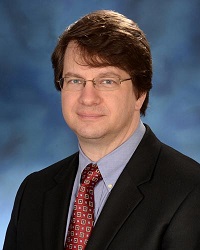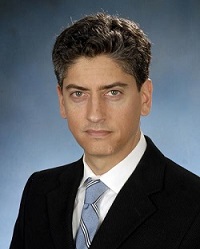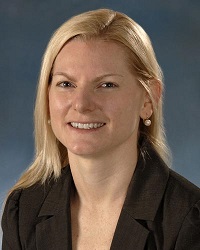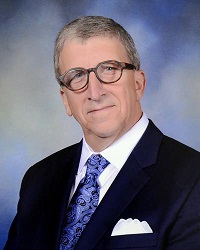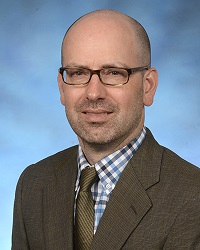Ion Channels & Excitability Focus Group

Rapid transmission of information in the nervous system relies on the tightly coordinated activities of ion channels. Voltage-gated Na+, K+, and Ca2+ channels are the primary conduits for ionic currents that generate the action potential. Our basic understanding of how channels shape excitability was established by Hodgkin and Huxley over 50 years ago. Since then, the sequences that encode ion channels have been cloned, the biophysical mechanisms of gating have been identified, and the structural determinants of channel proteins have been deduced. With more than 230 ion channels encoded in the human genome and more than 100 identified human ‘channelopathies’, diseases caused by ion channel dysfunction, the ultimate challenge is to understand the structure-function relationships for ion channels and their physiological roles. For example, seizure, cystic fibrosis, and migraine are all caused by dysfunction linked to single gene mutations in ion channels. Additionally, ion channel function or dysfunction underlies neurological conditions such as chronic pain, deafness, blindness, motor disorders, epilepsy, Parkinson’s, ALS, and schizophrenia.
Research in labs within the Ion Channels and Excitability focus group centers around understanding the structural dynamics, regulation, and roles in excitability or ion transport for voltage- and ligand- gated ion channels. Members of this group use electrophysiology, fluorescence imaging, genetics, and protein biochemistry to probe the properties of ion channels and the links to the excitability of neurons. Ultimately, understanding these properties is essential to selective targeting of ion channels involved in diseases and curing channelopathies.
Faculty


